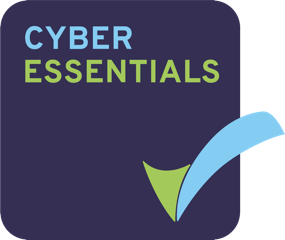Lessons from breaches
Details have been emerging about what went wrong at American Airlines, Fast Company and Australian telco giant, Optus, following serious data breaches.
American Airlines
A simple phishing campaign gave attackers access to a "limited number of team member mailboxes," the airline said. It hasn't explained why it took two months to convey what happened to those affected by the breach. The airline found out about the incident from phishing emails that were being sent from one of its compromised email accounts.
Fast Company
The business publication shut down its website after it was hacked and attackers exploited the access to send "obscene and racist" notifications via Apple News. Bleeping Computer quotes the hackers as saying they were able to identify a poorly-secured WordPress instance.
Optus
Some 38% of the Australian population had personal information stolen in the attack on the telco. A person claiming to be hacker first demanded a ransom and then hours later said the stolen data would not be sold - but not before some of the information had already been copied. The cause appears to have been an application programme interface (API) that was left open to the public. APIs enable disparate systems to communicate and exchange data.
Lessons
As always, failing to fix the basics will result in disaster. In the case of Optus, the company tried to argue that "it couldn't have prevented" the incident only to be contradicted by Australia's cybersecurity minister who was asked in a TV interview, "You certainly don't seem to be buying the line from Optus that this was a sophisticated attack?" "Well, it wasn't. So no," the minister replied. More specifically, here are some lessons;
- Password security. It's crucial to ensure that there is an effective password policy and that it is rigorously enforced.
- Default or common passwords (e.g. Fast Company) make a breach a certainty.
- Test incident response plans. Having a plan is useless unless it's regularly stress tested.
- Audit what data is held. Review what information is stored, what is personal data, where it's saved, how long it's retained, who can access it and how it's secured.
- Understand external access. What applications and systems are exposed to the internet.
- Review your risks. What are your risks. Can they be mitigated? If not, the residual risk must be registered and accepted.
- Make security everyone's business. We loathe the notion that "users are the weakest link." Effective awareness campaigns can make users a key element in protecting an organisation.
